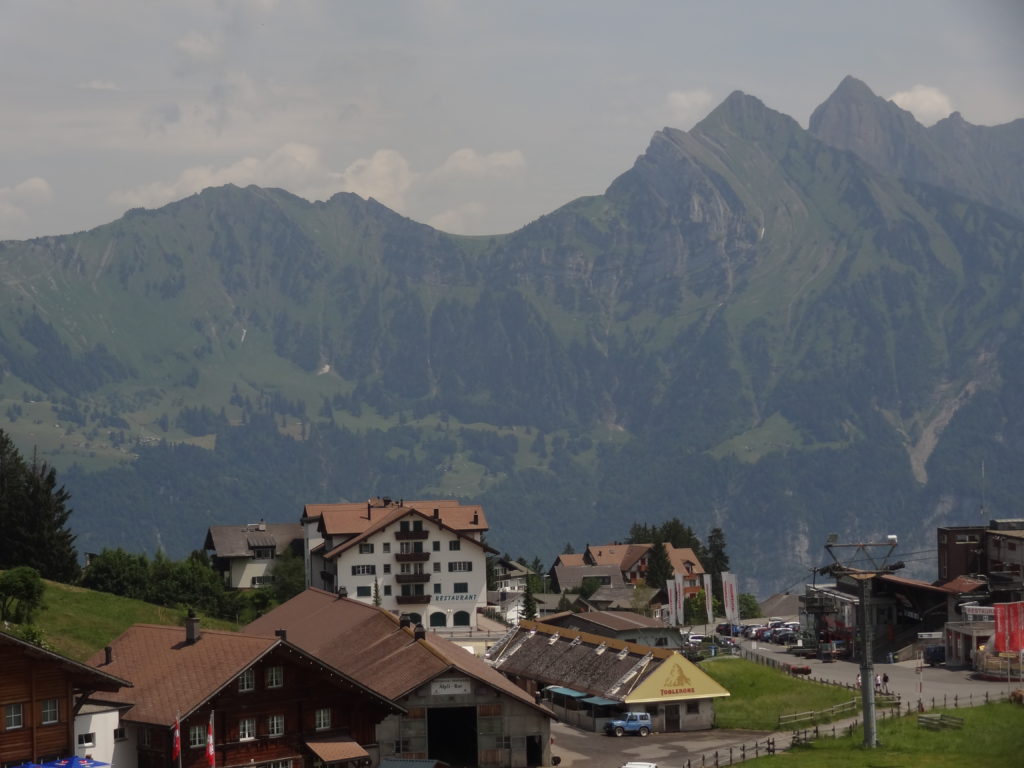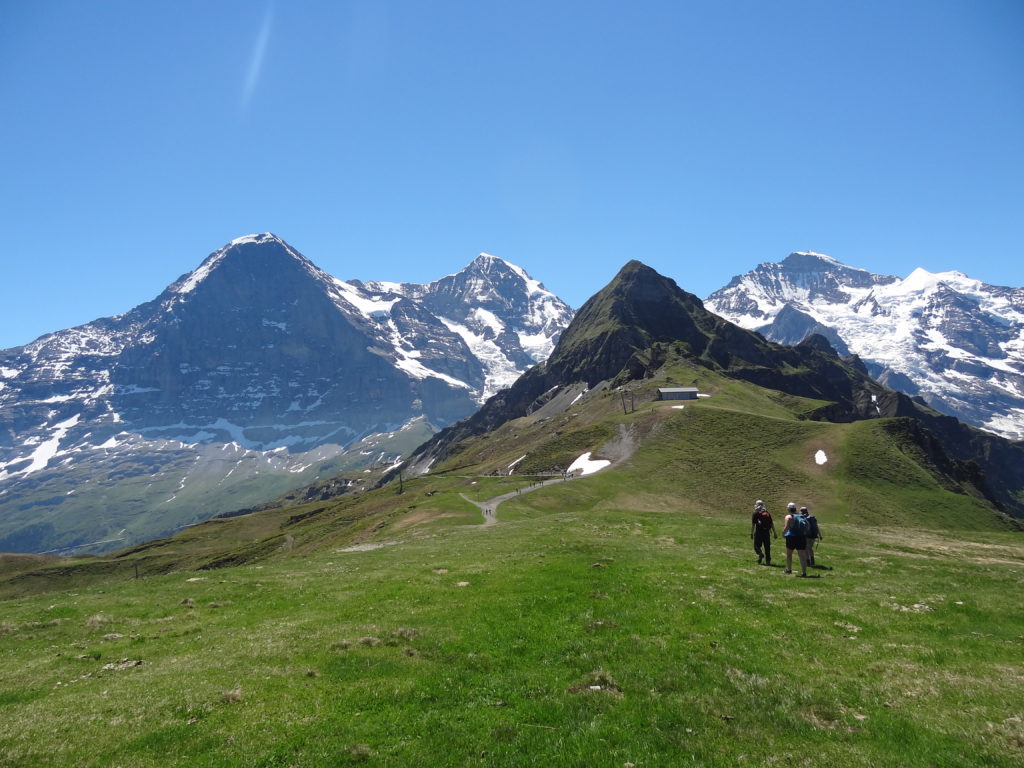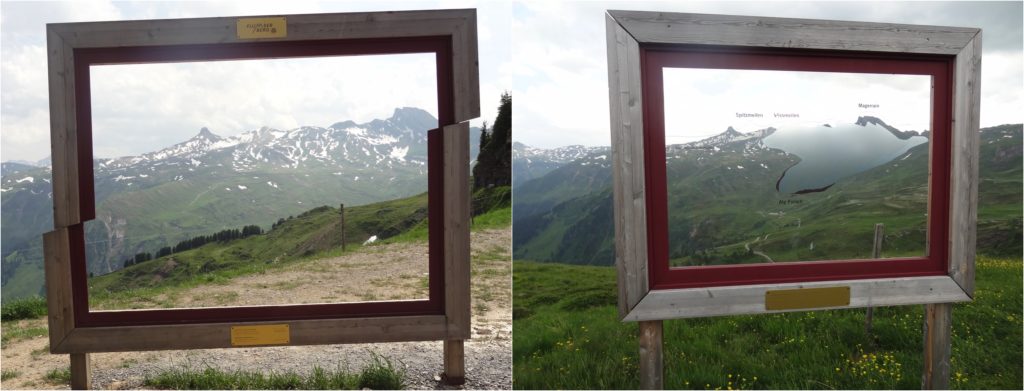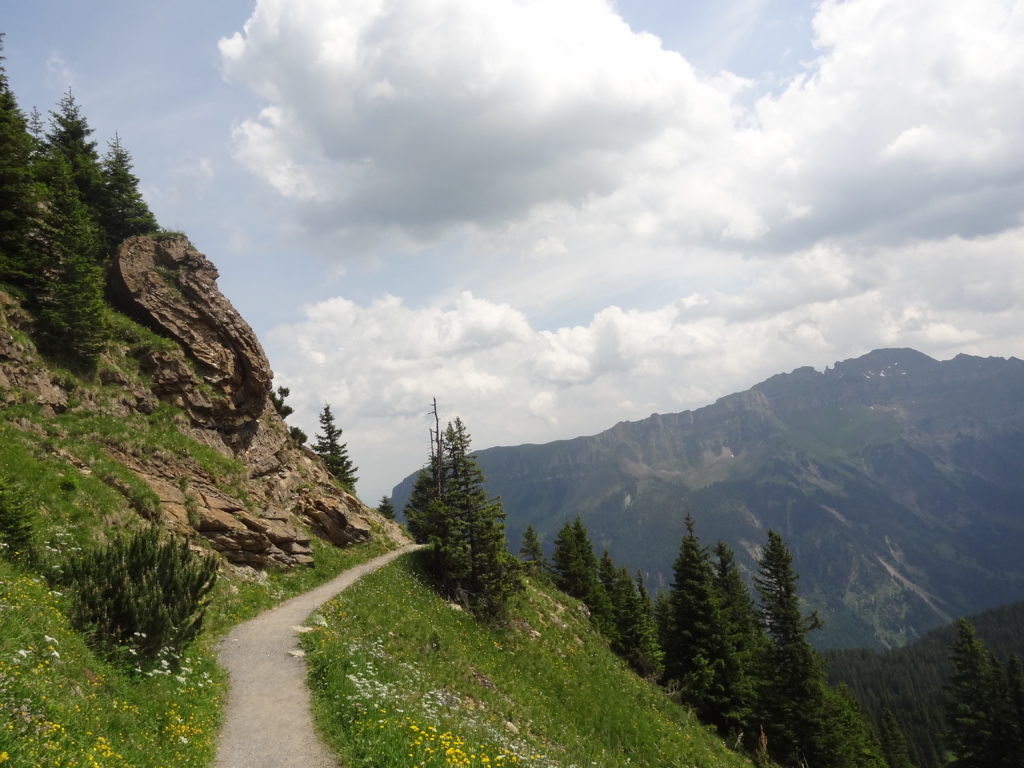Anna is a PhD student at Oxford University. You can read more about her adventures here.
When George Mallory was asked why he wanted to climb Mount Everest, he replied “because it is there”. This approach to mountains and the ‘sublime’ has been present since the Victorian era when the infatuation with the Alps and glaciers truely began. Wealthy tourists flocked to the mountains to gaze upon the ‘sublime beauty’ that was the Alps. Some of the first people to describe these mountains were poets such as Lord Byron and Shelley. This romantic writing introduced the desire to become ‘part of’ the ‘mountains’, ‘waves’ and ‘skies’. Even before this infatuation, geologists were exploring mountains around the world, trying to unpiece their puzzles. In fact, the last person to see Mallory and Irvine alive before their infamous attempt on the summit of Mount Everest was Noel Ewart, a geologist collecting rocks at the base of the summit.
The Alps was the first mountain system to be extensively studied by geologists. Many terms still used today, were coined during this early exploration. Physician Johann Jakob Scheuchzer was the first naturalist to publish on the Alps in 1716. He observed that the large scale folds in the Swiss Alps were evidence for the veracity of the biblical flood. It wasn’t until the seventeenth and eighteenth century that accurate mapping of rocks and their layers was undertaken, and volcanoes began to be more understood. Scheuchzer’s explanation was dismissed as it didn’t seem plausible that unbroken shells could exist on the tops of these mountains after such a flood. Alternative theories, such as Leopoldo Von Buchs ‘crater of elevation’ theory, which explained the formation of mountains as a magma bubble, pushing its way to the surface, took its place.
Forward to the present day, it is not just geologists or mountaineers who can experience or even appreciate these forces of nature. In Switzerland, not only is every flat piece of farmable land occupied (known as an alp), but public transport gets you to the summit of many of these stunning peaks. Despite being a metamorphic geologist, I was 6 years into my geological career before I first visited the Alps! I’d reached the point where I thought that’s this was no longer acceptable, and was persuaded by many disbelieving friends that I must go. So off I went to the Swiss Alps, the lakes, the mountains, the tunnels and the Eiger.
During this adventure, I was surprised to learn just how accessible most of the peaks in Switzerland are. But most of all, I was surprised at the abundance of geotourism on top of these peaks. As a geologist, I am quite content wandering around remote mountain ranges, taking in the geology as I go. However, to the untrained tourist, many of these features could pass you by or remain unexplained. On top of mount Flumsberg in eastern Switzerland, is a geological trail. The 4km trail walks you through the different units on the mountain top, and even sketches out the major geological structures in the surrounding landscape. From fossiliferous limestone, to marls and even the strange Rauwacke, thought to be formed from the deformation of a carbonate rock containing weak gypsum, which then dissolved out to leave behind an unusual texture. To the impressive Glarus detachment, which cuts through the tops of the surrounding mountains. Despite the simplified and even artistic spin the designers have added to the trail, a sense of the scale of these tectonic processes can really be appreciated.
You may think that this easy access and geotourism has manicured what would otherwise be a wild and impressive landscape. However, I like to think of the Alps as a playground; you are able to experience new things that you may not otherwise experience, learn about the geology or the alpine flora, even if you didn’t know you were interested. This new found knowledge can also be applied to other mountain belts worldwide and could even go on to inspire budding geologists. So next time you’re stood on top of an alpine peak, remember those early geologists and romantics, who opened up this new landscape to the untrained eye, ultimately inspiring a new generation of geologists
![]() This work is licensed under a Creative Commons Attribution-NonCommercial-ShareAlike 4.0 International License.
This work is licensed under a Creative Commons Attribution-NonCommercial-ShareAlike 4.0 International License.




